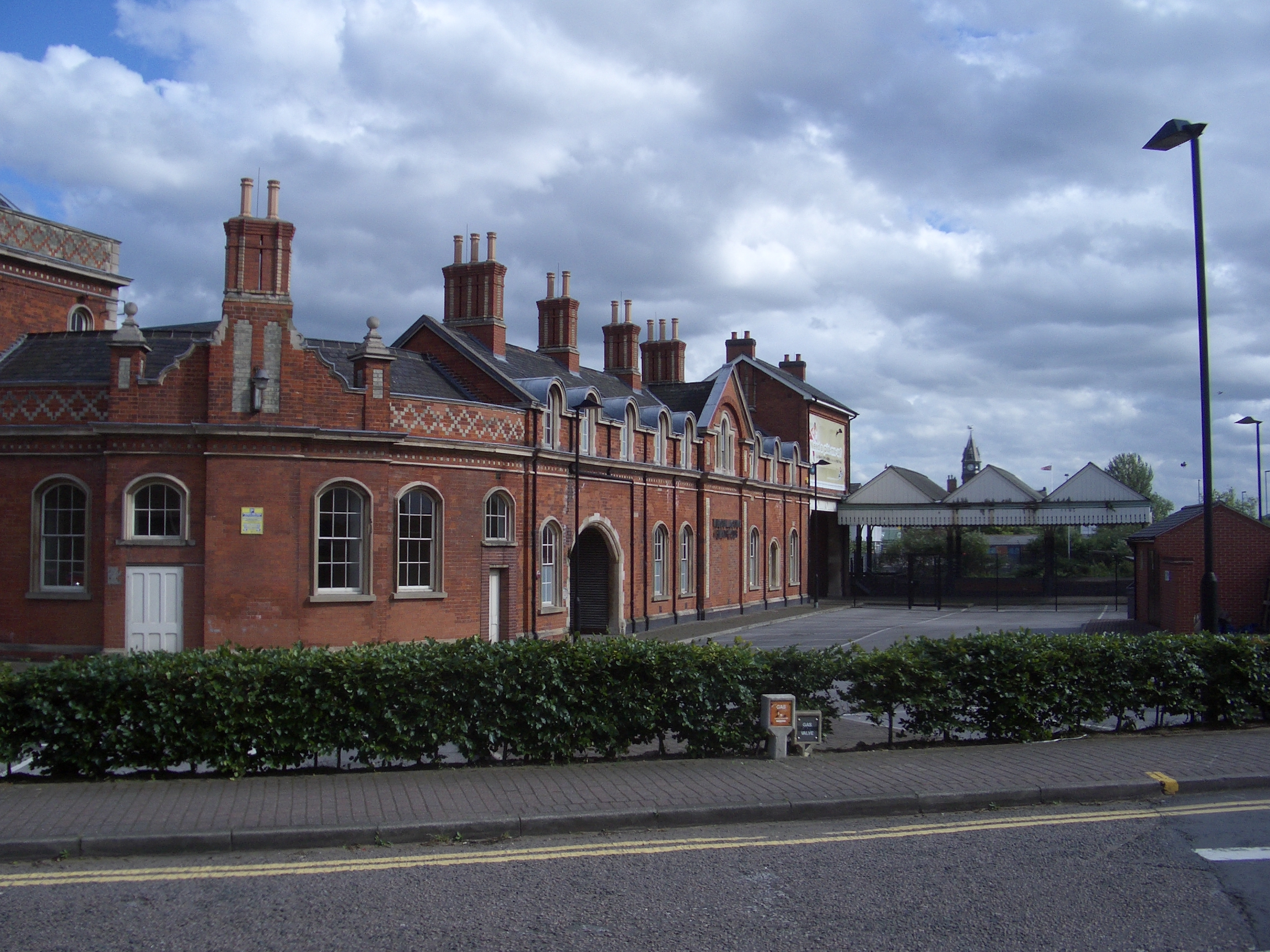Nottingham London Road Railway Station on:
[Wikipedia]
[Google]
[Amazon]
Nottingham London Road railway station was opened by the Great Northern Railway on London Road
 The station was opened in 1857 by the Great Northern Railway (GNR) at the terminus of its line from
The station was opened in 1857 by the Great Northern Railway (GNR) at the terminus of its line from 
Nottingham
Nottingham ( , locally ) is a city and unitary authority area in Nottinghamshire, East Midlands, England. It is located north-west of London, south-east of Sheffield and north-east of Birmingham. Nottingham has links to the legend of Robi ...
in 1857.
History
Grantham
Grantham () is a market and industrial town in the South Kesteven district of Lincolnshire, England, situated on the banks of the River Witham and bounded to the west by the A1 road. It lies some 23 miles (37 km) south of the Lincoln a ...
, originally built by the Ambergate, Nottingham, Boston and Eastern Junction Railway
The Ambergate, Nottingham and Boston and Eastern Junction Railway was a British railway company, which hoped to connect Lancashire with the port of Boston, in Lincolnshire. It was authorised in 1846 but was unable to raise much money. It opened ...
. The station was designed by the local architect Thomas Chambers Hine
Thomas Chambers Hine (31 May 1813 – 6 February 1899) was an architect based in Nottingham.
Background
He was born in Covent Garden into a prosperous middle-class family, the eldest son of Jonathan Hine (1780–1862), a hosiery manufacturer an ...
. GNR trains originally used the Midland station in Nottingham, but there were frequent disputes, especially when the GNR began running through trains from London King's Cross
King's Cross railway station, also known as London King's Cross, is a passenger railway terminus in the London Borough of Camden, on the edge of Central London. It is in the London station group, one of the busiest stations in the United Kin ...
via Grantham
Grantham () is a market and industrial town in the South Kesteven district of Lincolnshire, England, situated on the banks of the River Witham and bounded to the west by the A1 road. It lies some 23 miles (37 km) south of the Lincoln a ...
in a shorter time than the Midland Railway
The Midland Railway (MR) was a railway company in the United Kingdom from 1844. The Midland was one of the largest railway companies in Britain in the early 20th century, and the largest employer in Derby, where it had its headquarters. It ama ...
could manage. To solve the problem, the GNR opened its own station served by a new line from near Netherfield, adjacent to the Midland line whose tracks it had previously used.
When Nottingham Victoria railway station
Nottingham Victoria railway station was a Great Central Railway and Great Northern Railway railway station in Nottingham, England. It was designed by the architect Albert Edward Lambert, who also designed the rebuild of the Nottingham Midland ...
was opened in 1900, the Great Northern had to construct a new chord line, carried mainly on brick arches and steel girders, by means of a junction at Trent Lane, east of London Road, to Weekday Cross where it joined the Great Central main line. The new chord line included a station on an island platform
An island platform (also center platform, centre platform) is a station layout arrangement where a single platform is positioned between two tracks within a railway station, tram stop or transitway interchange. Island platforms are popular o ...
, reached by means of a staircase from the booking office on the same approach road to the earlier London Road terminus. To avoid confusion the new station was designated 'High Level' and the old station renamed 'Low Level'. The transfer to Victoria Station gave the Great Northern a prestigious location and avoided their need to reverse trains to and from Grantham, Derbyshire, and north of Nottingham. Passenger services at the low level station were substantially reduced with the opening of the Victoria station and the last passenger service ran on 22 May 1944. The station however remained open as a mail depot for troops during the Second World War
World War II or the Second World War, often abbreviated as WWII or WW2, was a world war that lasted from 1939 to 1945. It involved the vast majority of the world's countries—including all of the great powers—forming two opposi ...
before becoming a parcels depot until the 1970s.
From 7 January 1963 passenger steam trains between Grantham, Bottesford, Elton and Orston, Aslockton, Bingham, Radcliffe-on-Trent, Netherfield and Colwick, Nottingham London-road (High Level) and Nottingham (Victoria) were replaced with diesel-multiple unit trains.
Passengers services to the High Level station were withdrawn on 3 July 1967 when the service to Grantham was diverted to Nottingham Midland station. This left the only service using Victoria Station as that to Leicester Central and Rugby Central on the former Great Central route.

Present day
Although severely damaged by fire in 1996, the station building has been restored and was converted to a Holmes Place health and fitness club. It is now used as a Virgin Active Health Club. The High Level station was demolished in 2006.References
*A Regional History of the Railways of Great Britain. Volume 9 The East Midlands, Robin Leleux. {{Commons category Buildings and structures in Nottingham Disused railway stations in Nottinghamshire Former Great Northern Railway stations Railway stations in Great Britain opened in 1857 Railway stations in Great Britain opened in 1900 Railway stations in Great Britain closed in 1944 Railway stations in Great Britain closed in 1967 Thomas Chambers Hine railway stations 1857 establishments in England